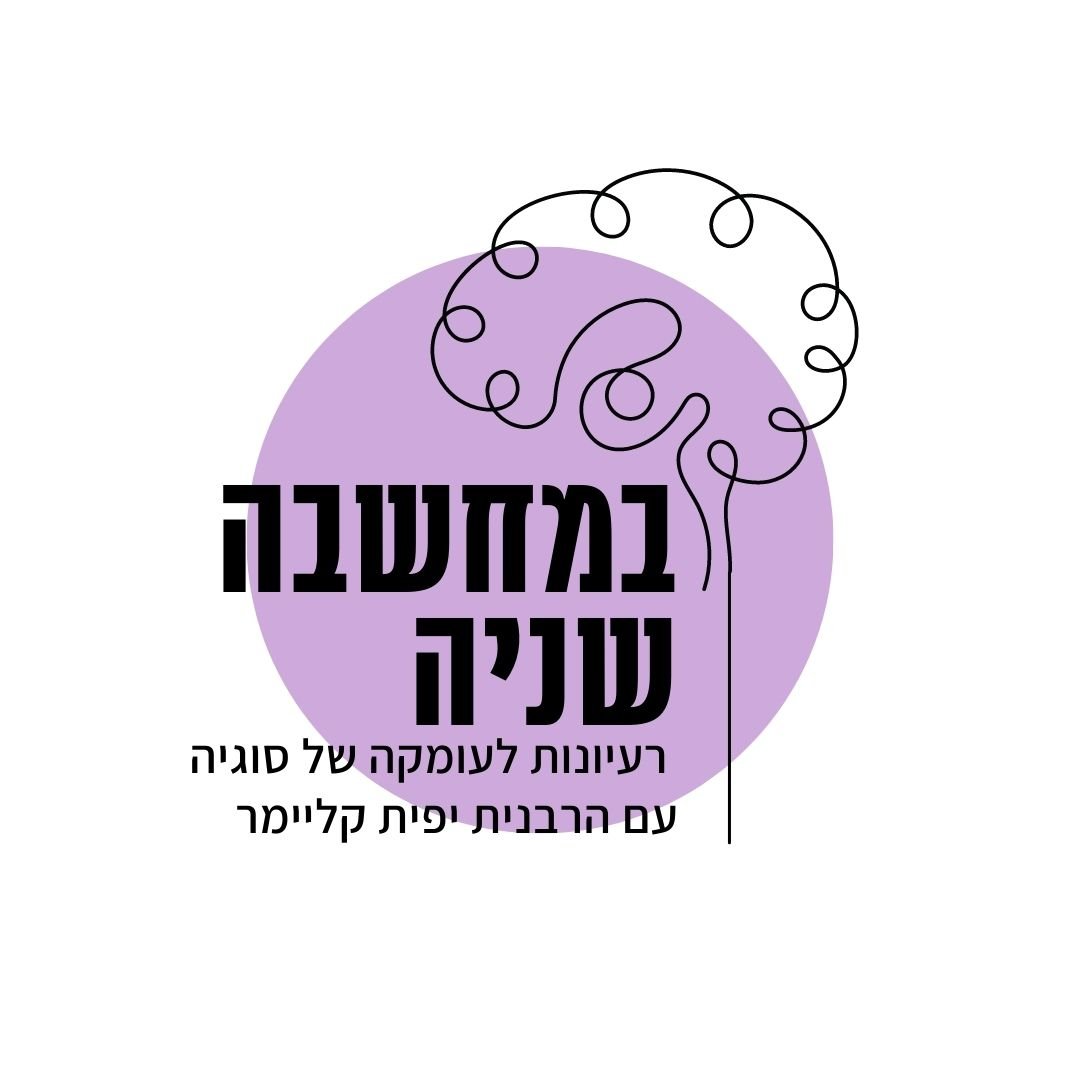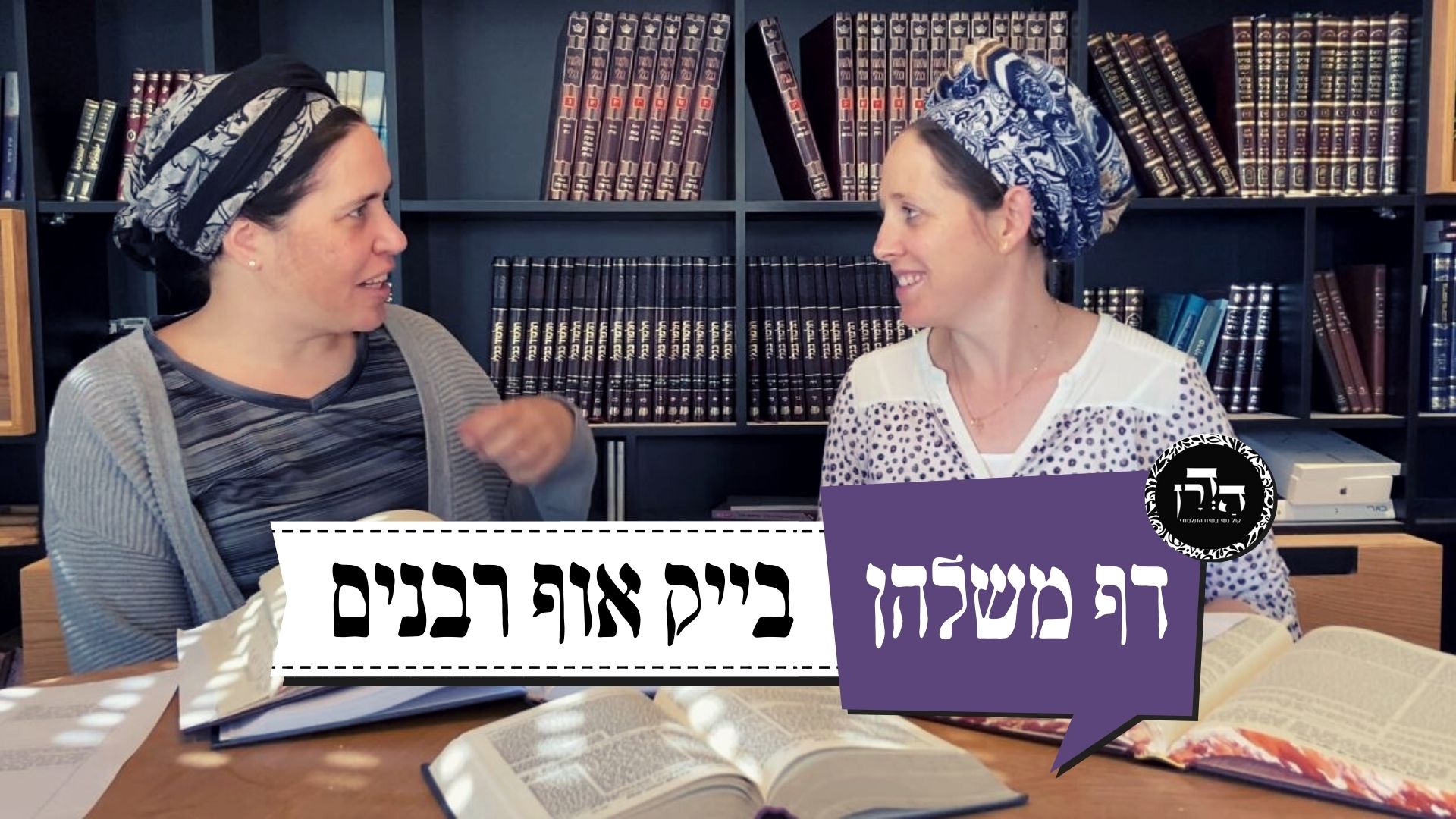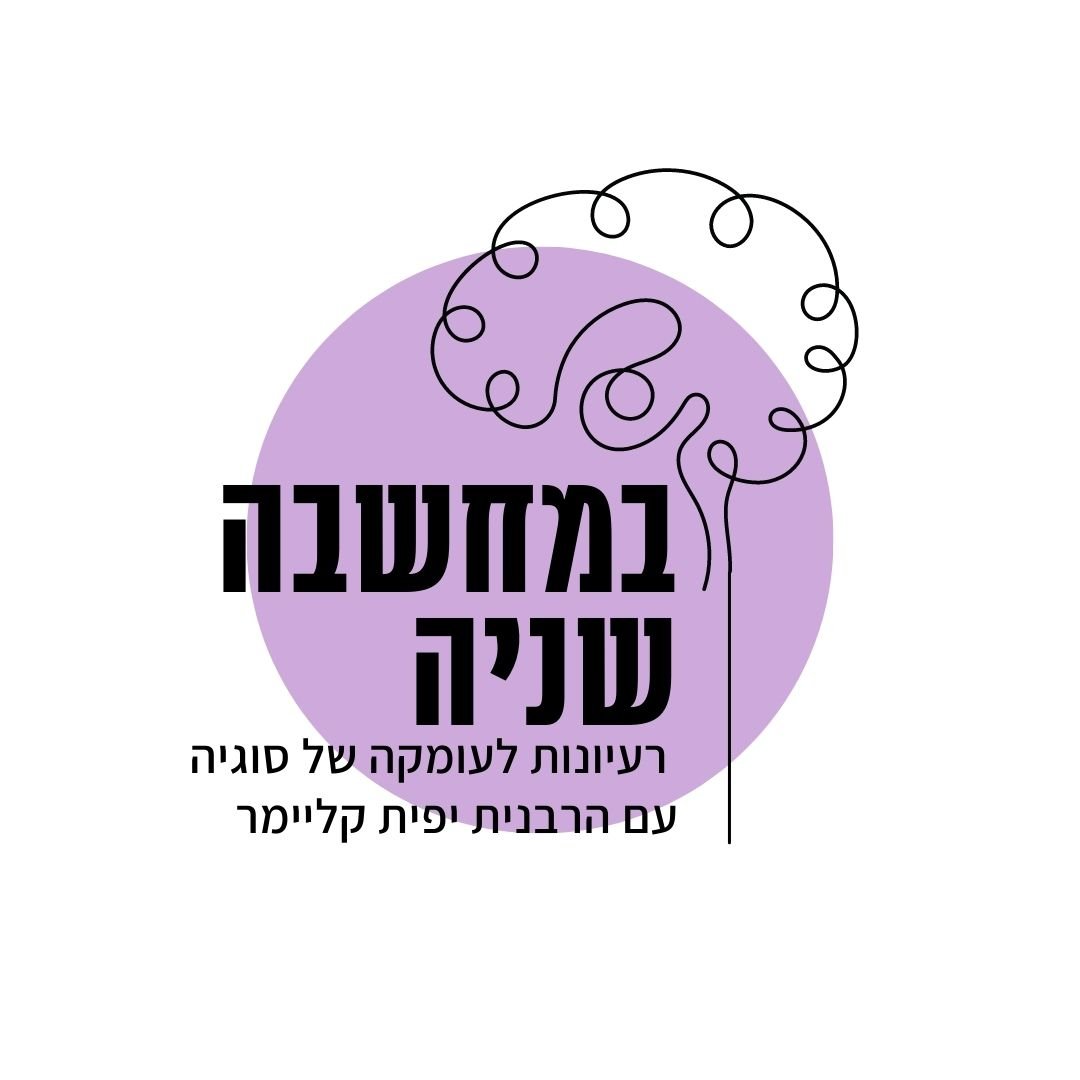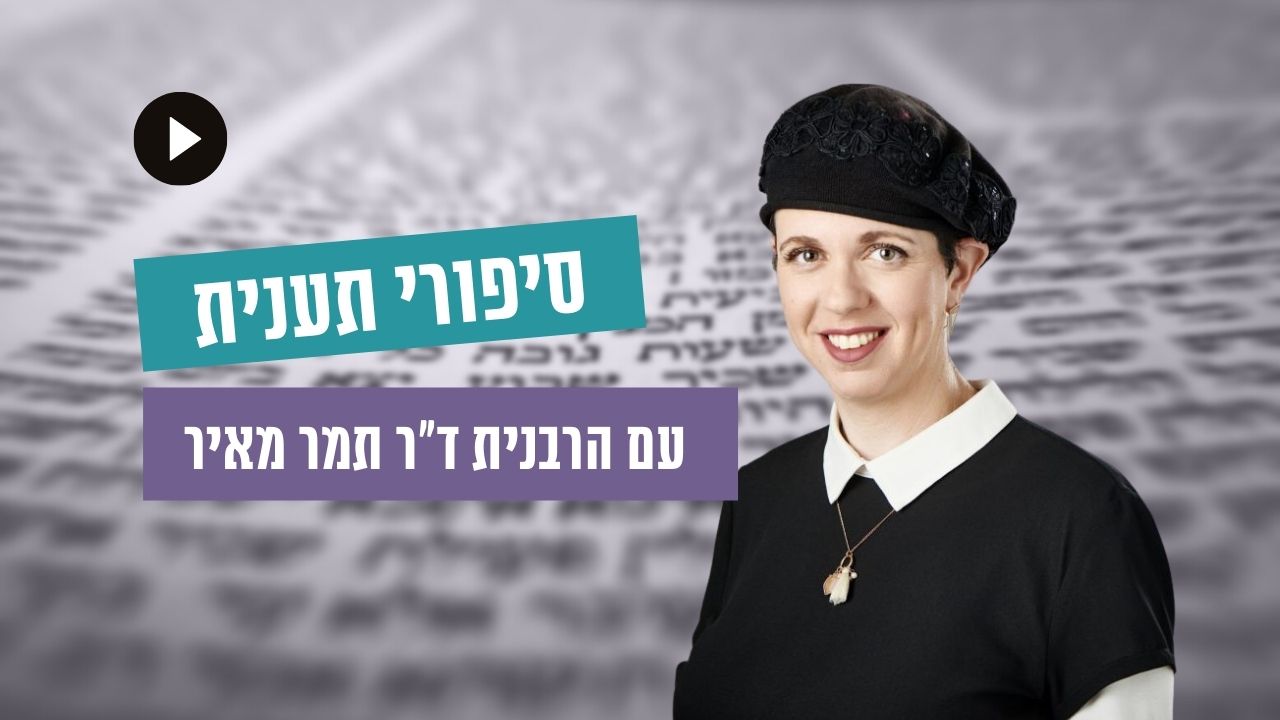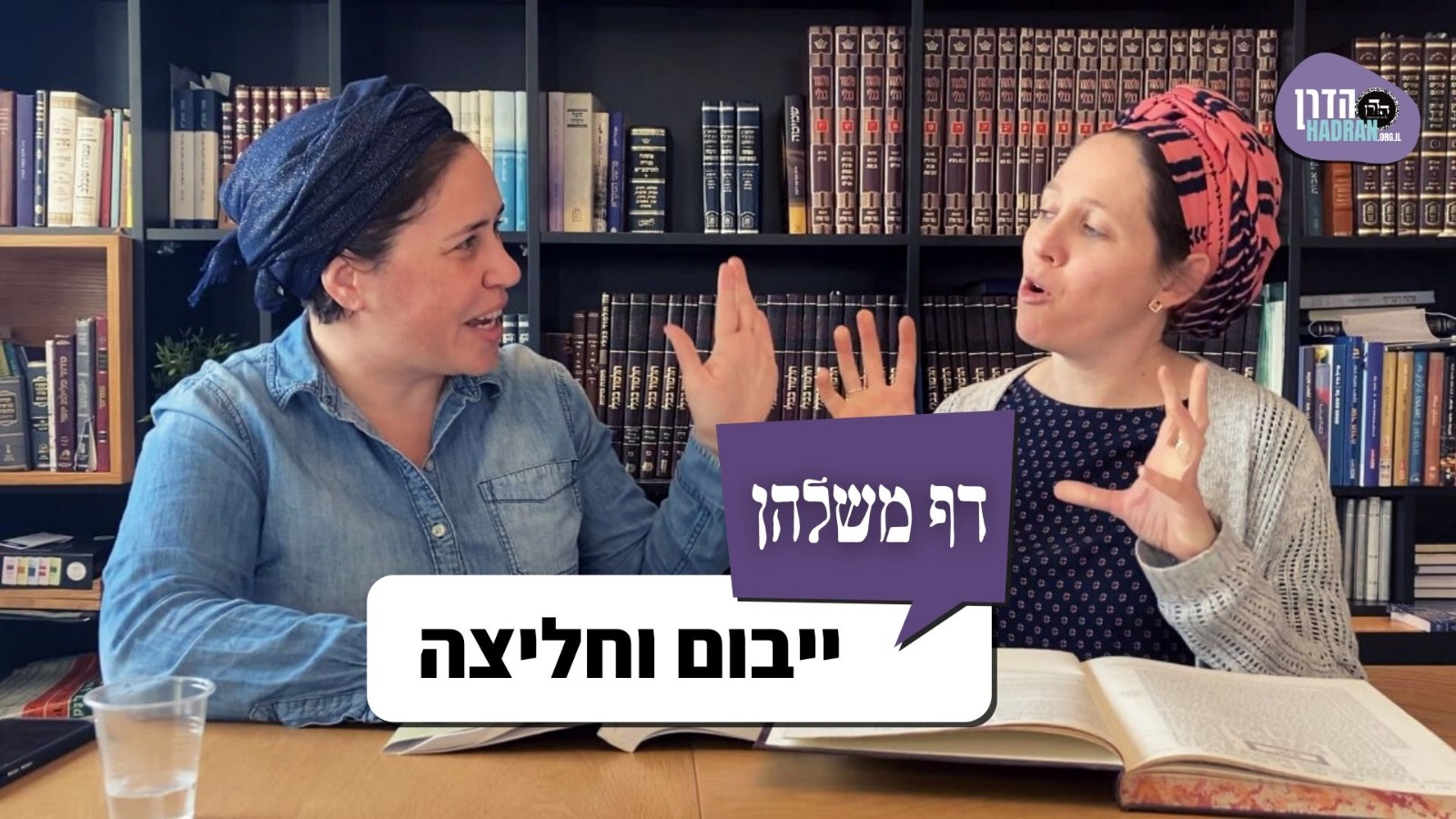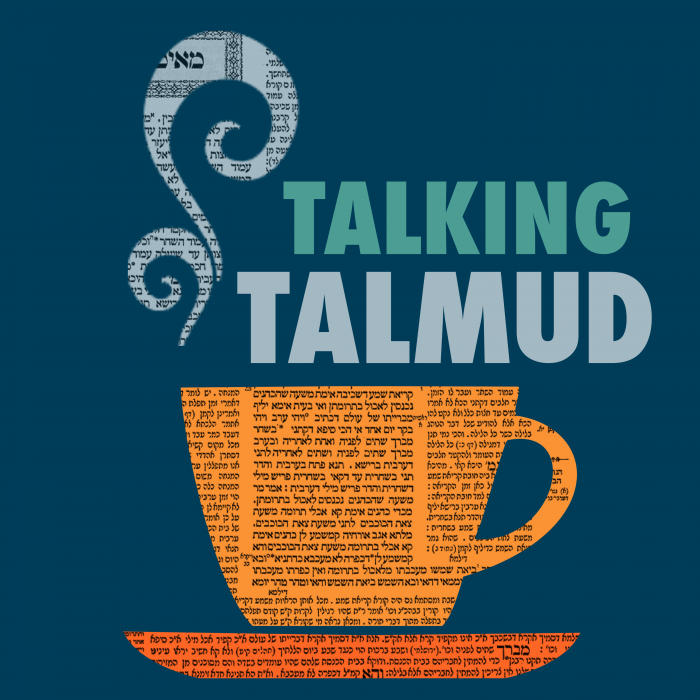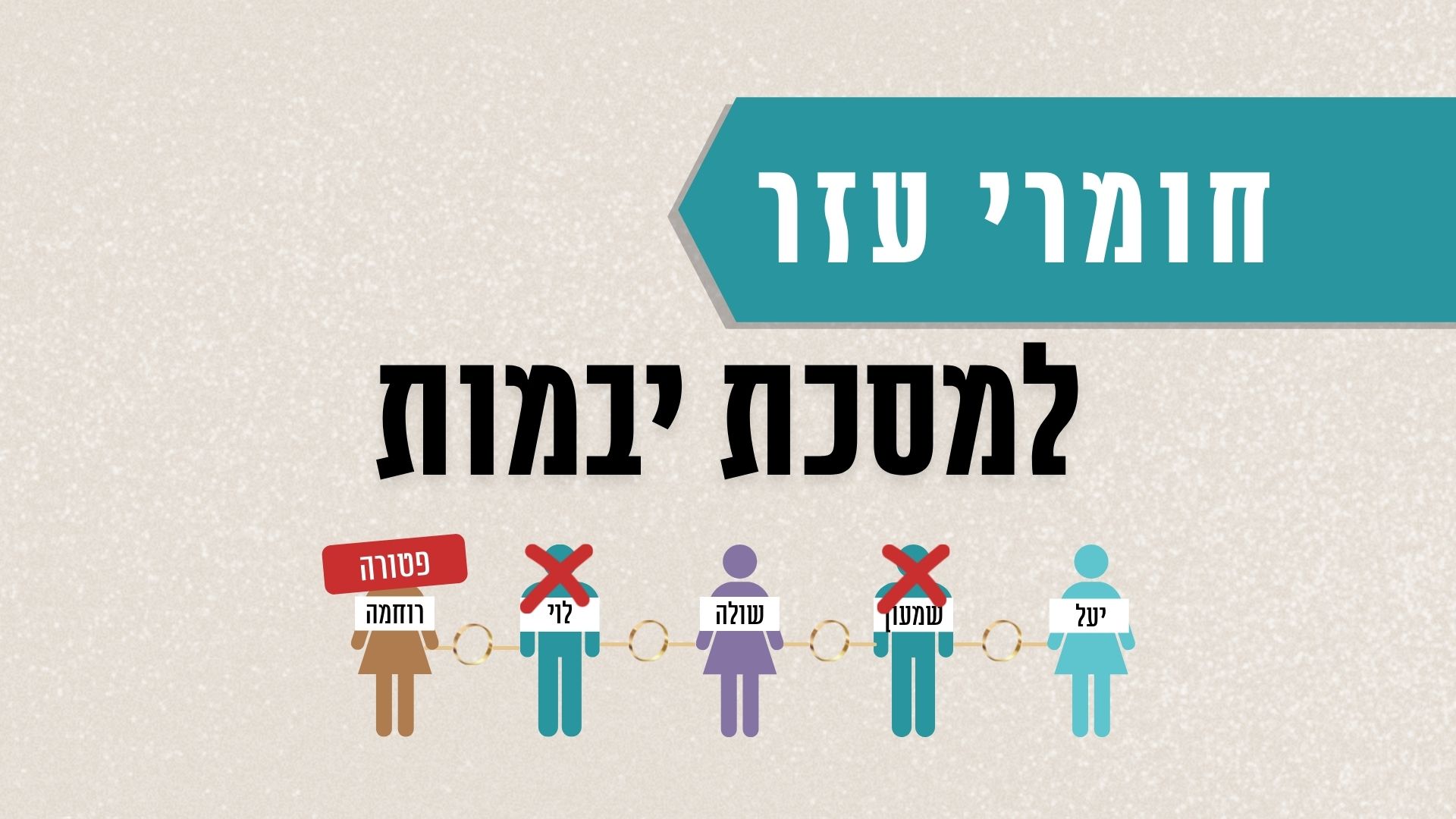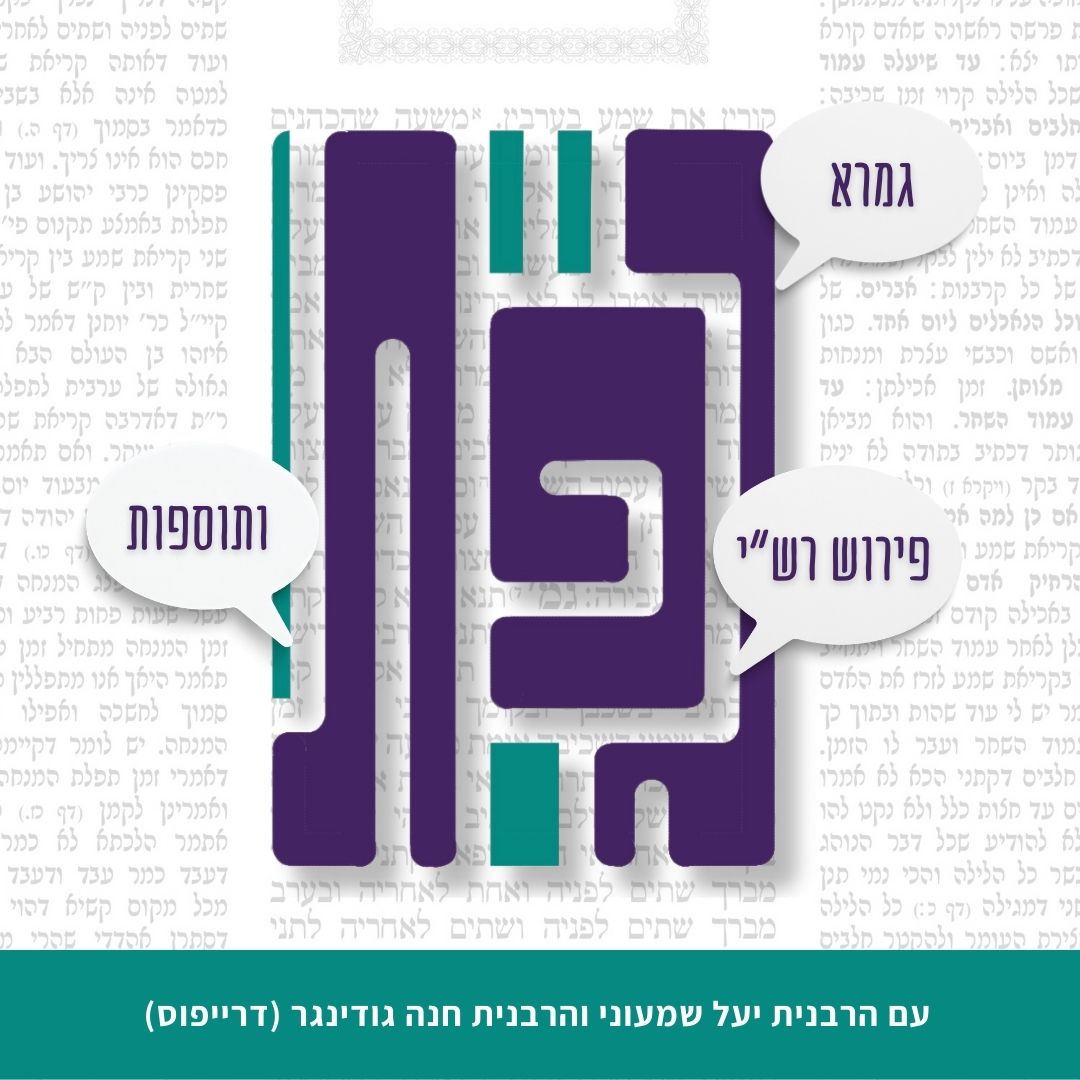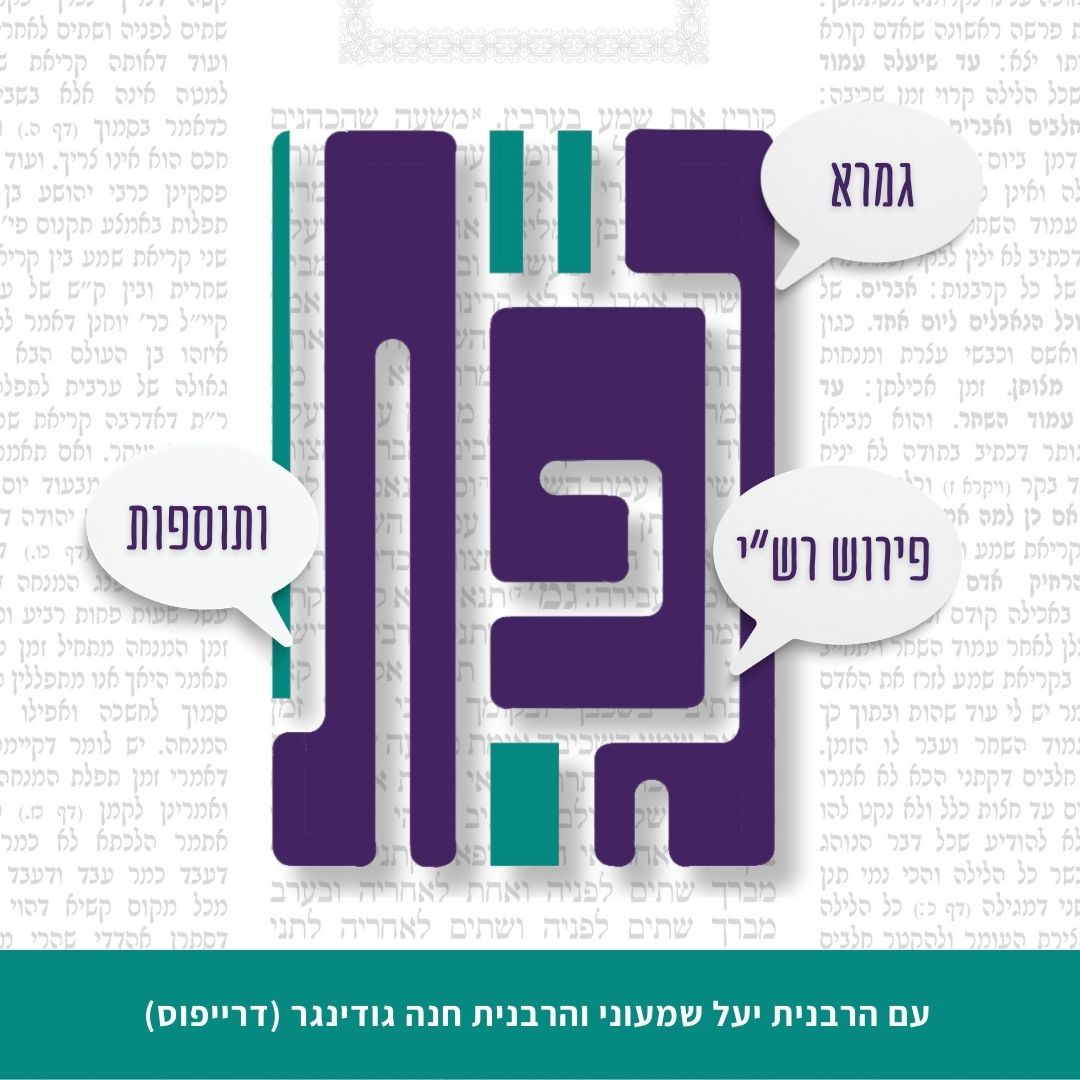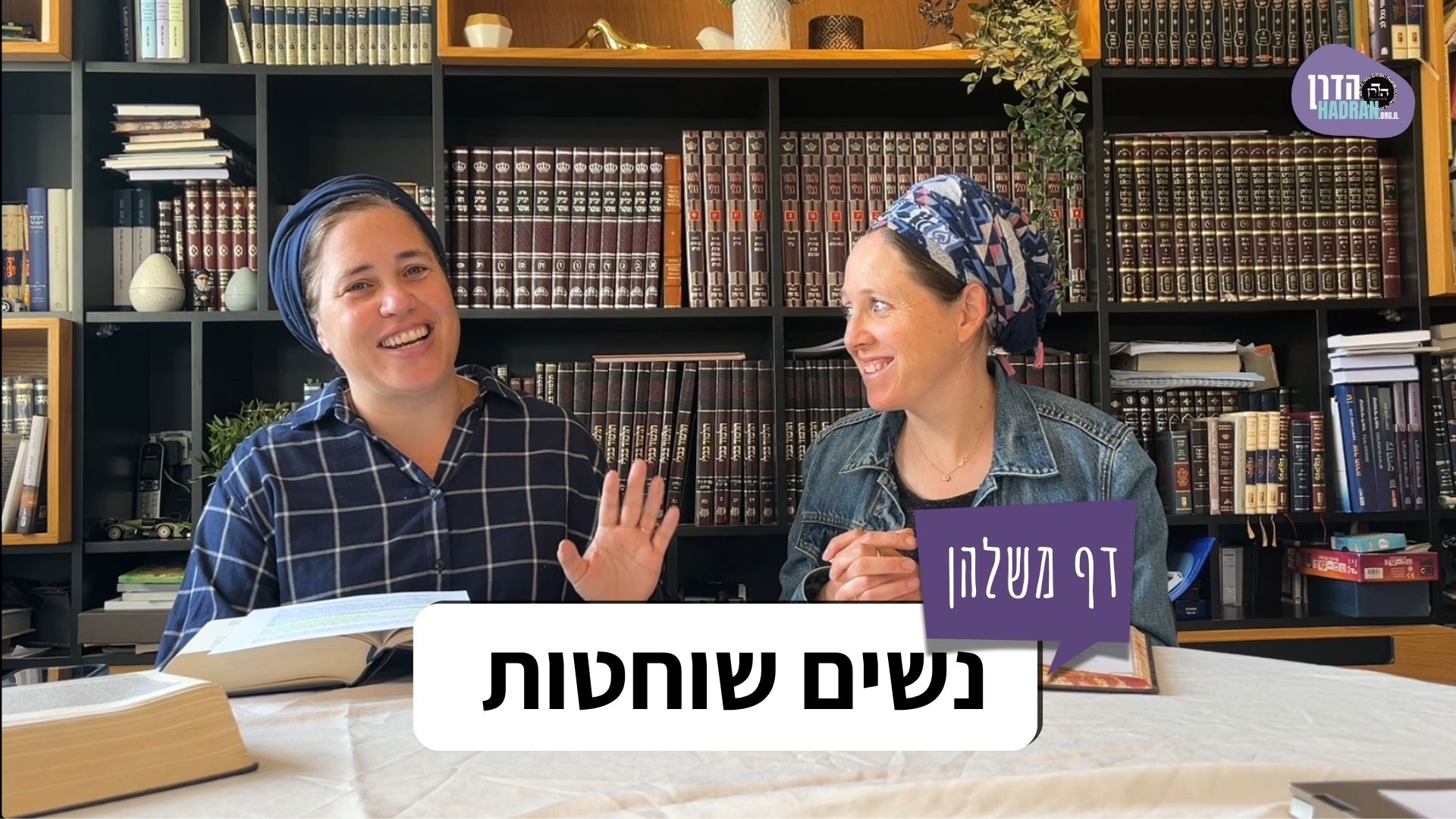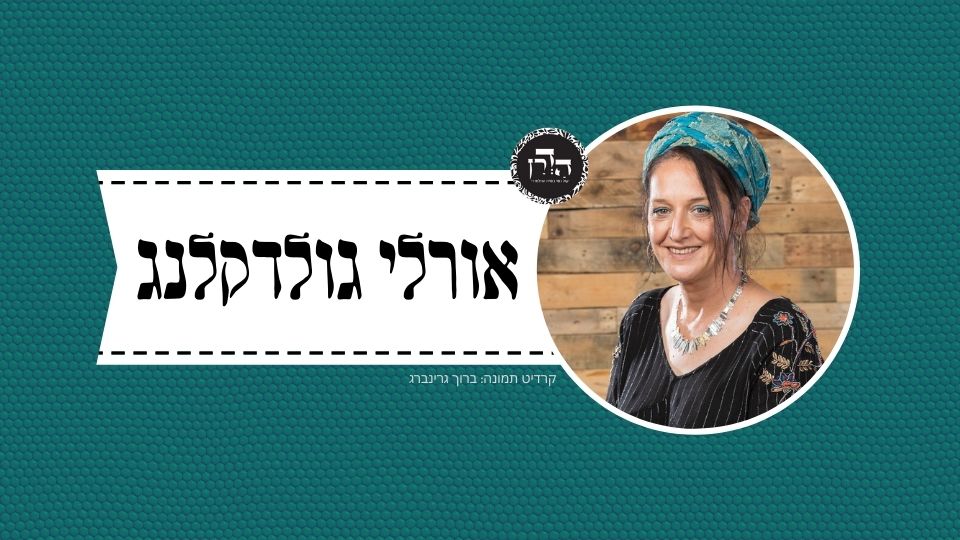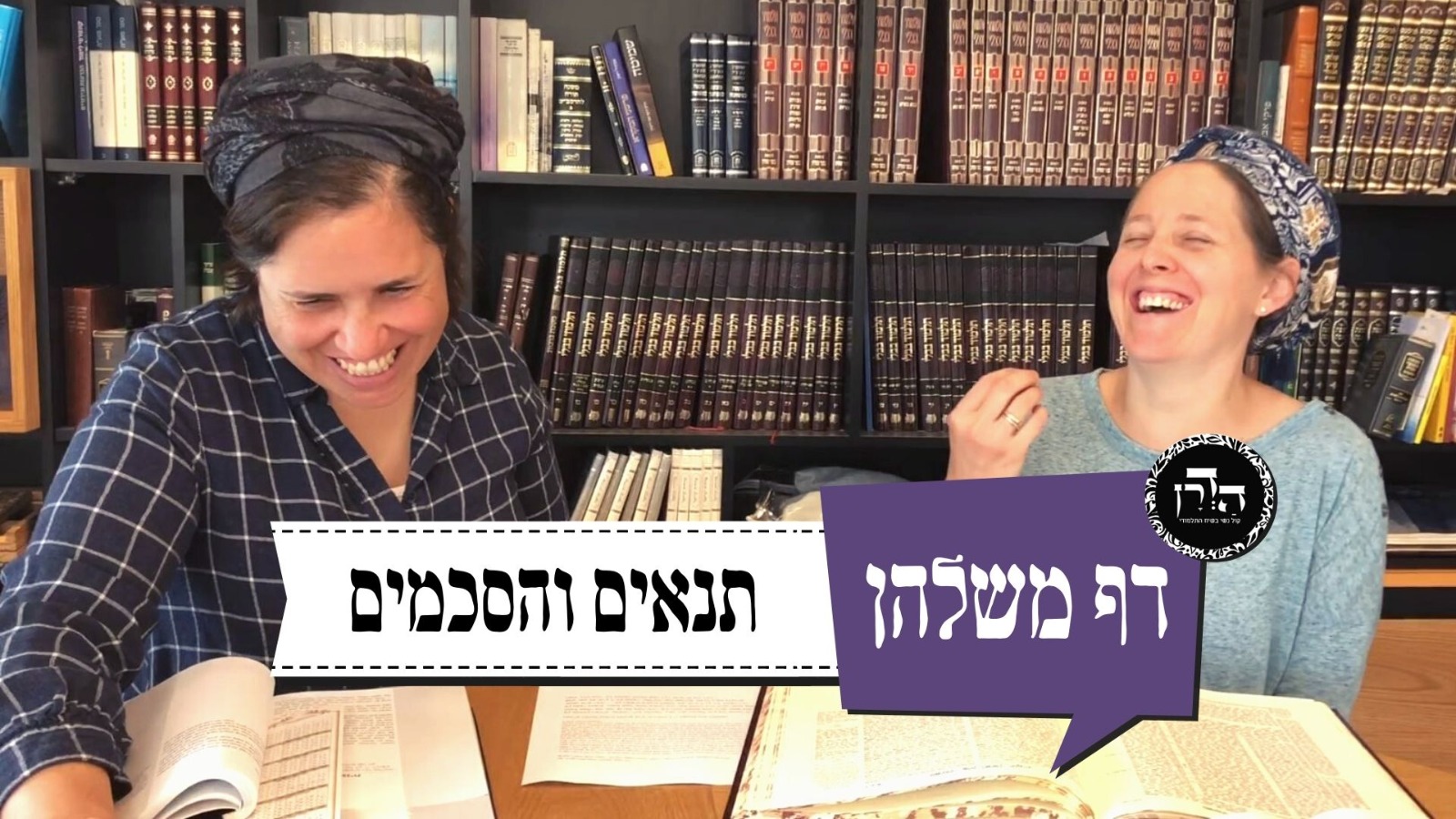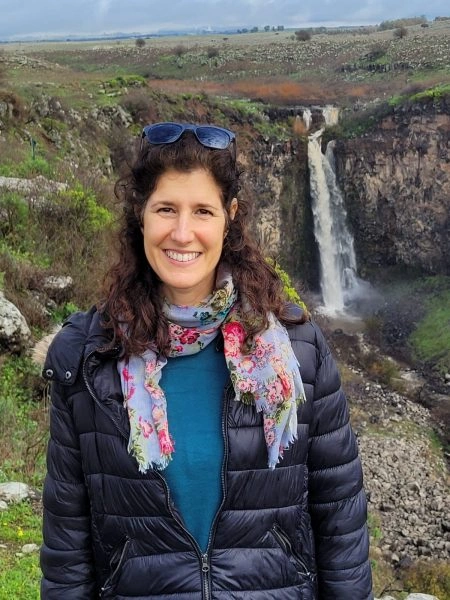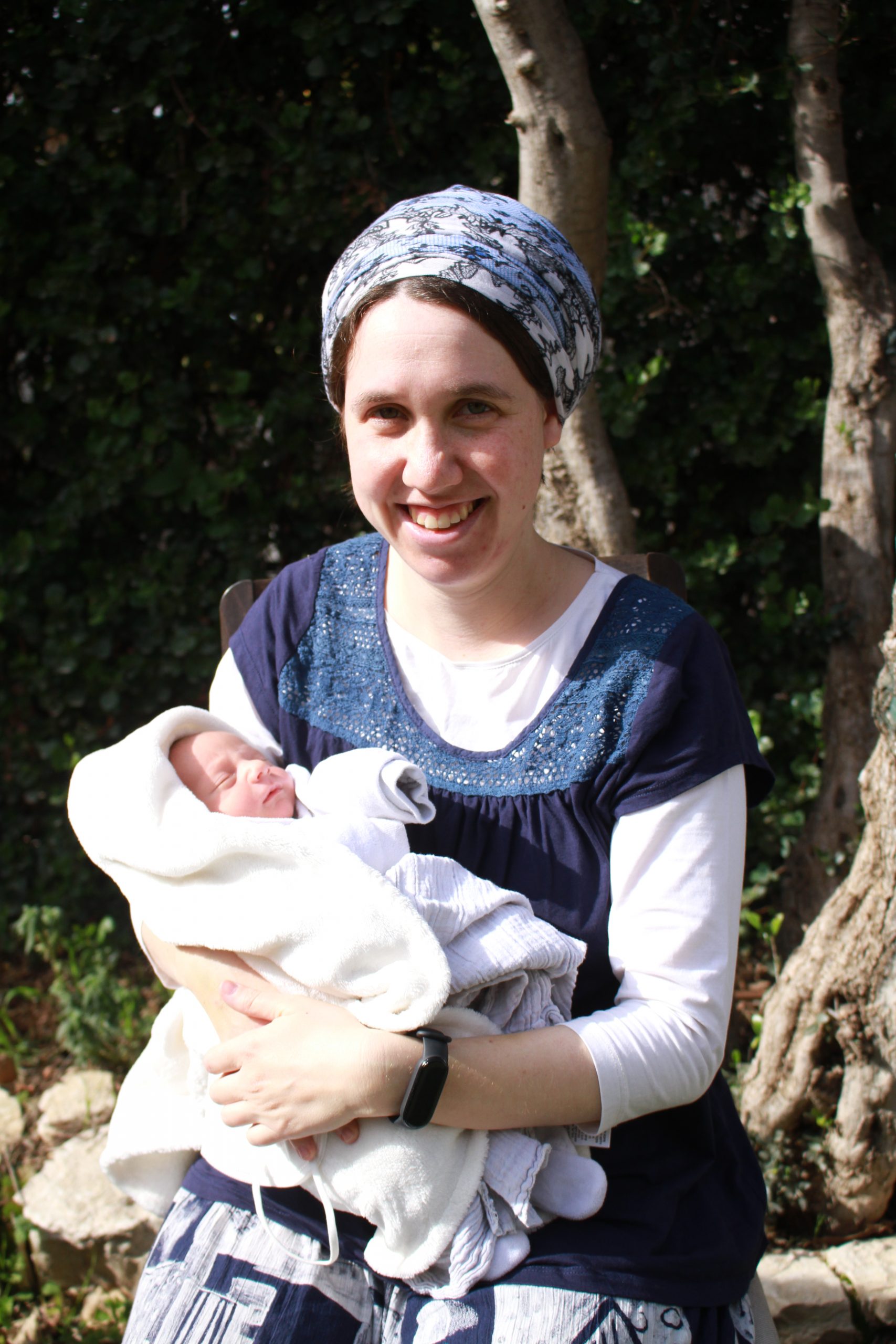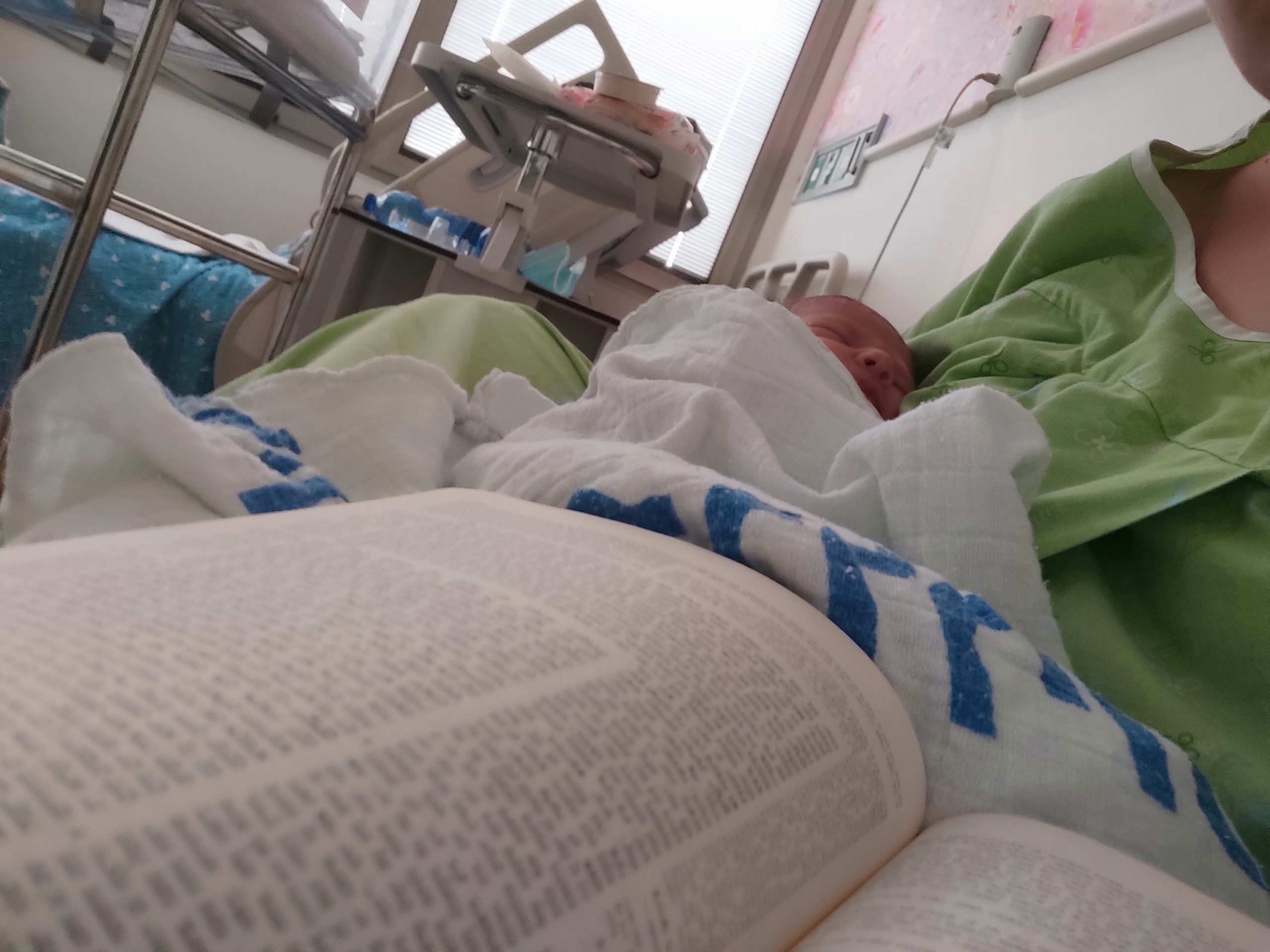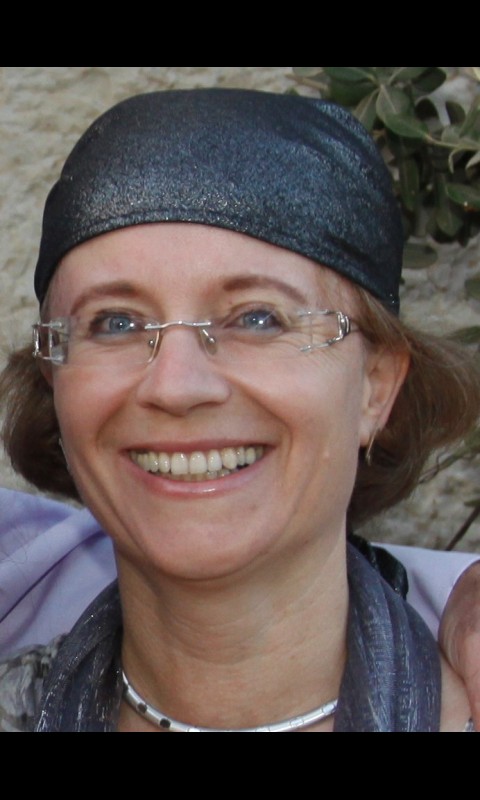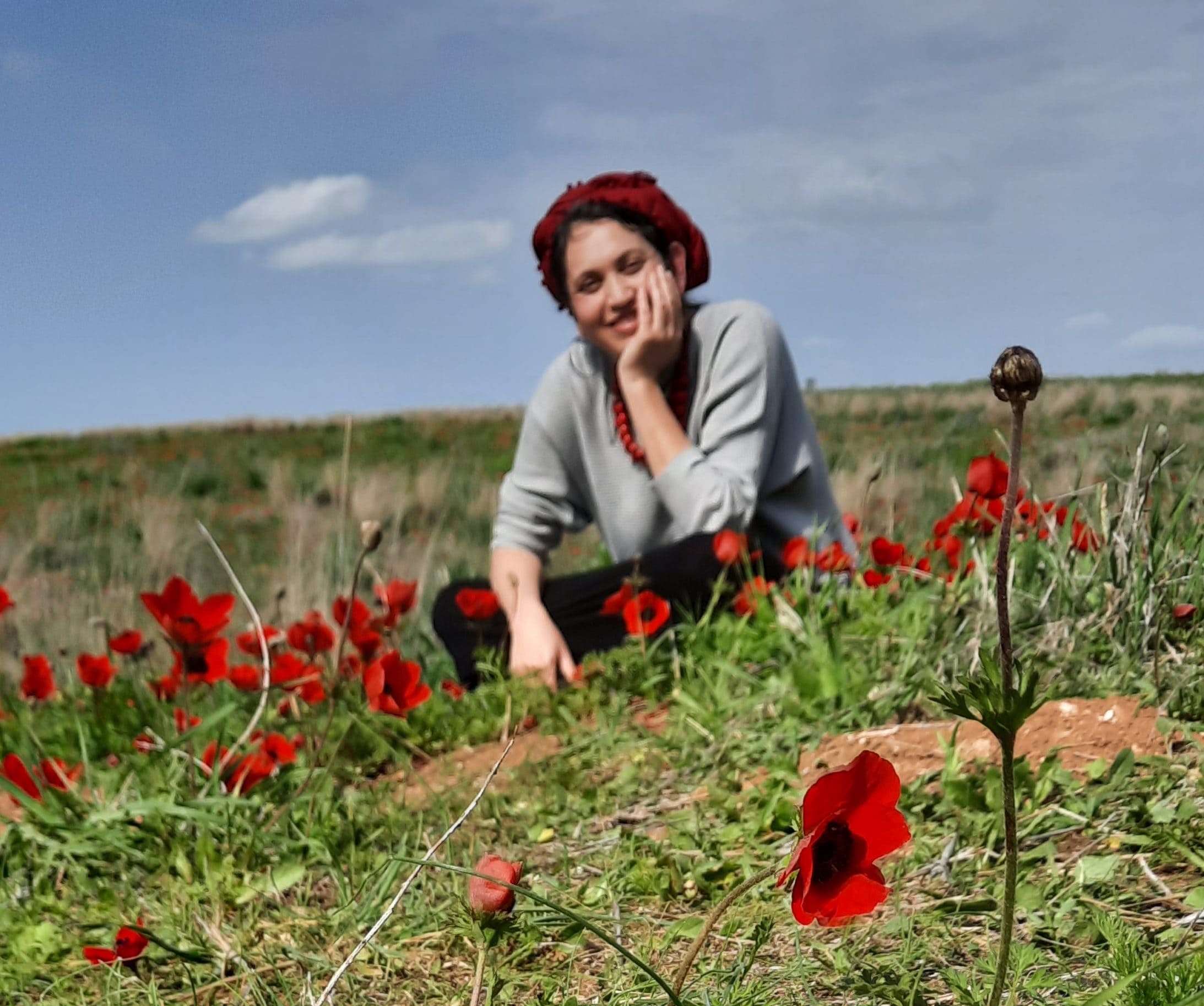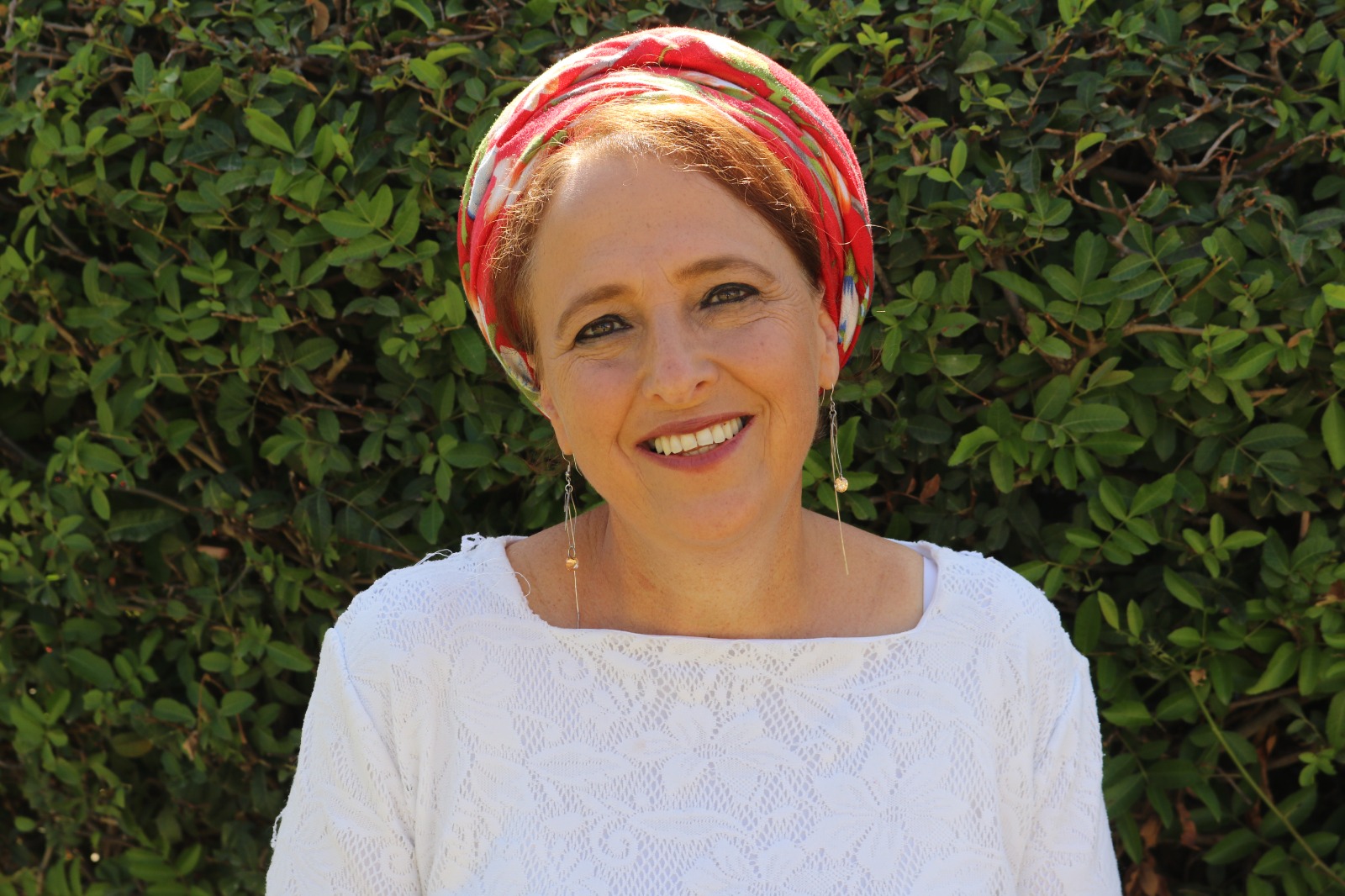מה הסטטוס של דבר שהיה תלוש ולבסוף חיברו – האם דנים בו כמחובר או כתלוש – לעניין עבודה זרה, הכשר לקבל טומאה ושחיטה? מהם חמשה דברים שאסרו לעשות עם קרומית של קנה? עם איזה דברים אסור לקנח – למה? מחלוקת ר’ עקיבא ור’ ישמעאל לגבי בשר תאוה ומה היה בדין במדבר לגבי אכילת בשר.
הלימוד השבוע מוקדש ע”י רוברט ופאולה כהן לע”נ יוסף בן משה הכהן ז”ל. יוסף היה חזן שאהב מאוד לשיר, עבד קשה בחייו והיה מאוד מסור למשפחתו ולקהילה.
רוצה להקדיש שיעור?

כלים
הלימוד השבוע מוקדש ע”י רוברט ופאולה כהן לע”נ יוסף בן משה הכהן ז”ל. יוסף היה חזן שאהב מאוד לשיר, עבד קשה בחייו והיה מאוד מסור למשפחתו ולקהילה.
כלים
העמקה
רוצה להבין מה באמת קורה מתחת לפני השטח של הסוגיה?
שיעורים, פודקאסטים והרחבות של מיטב המורות שלנו יפתחו לך עוד זוויות וכיווני חשיבה.
חדשה בלימוד הגמרא?
זה הדף הראשון שלך? איזו התרגשות עצומה! יש לנו בדיוק את התכנים והכלים שיעזרו לך לעשות את הצעדים הראשונים ללמידה בקצב וברמה שלך, כך תוכלי להרגיש בנוח גם בתוך הסוגיות המורכבות ומאתגרות.
פסיפס הלומדות שלנו
גלי את קהילת הלומדות שלנו, מגוון נשים, רקעים וסיפורים. כולן חלק מתנועה ומסע מרגש ועוצמתי.
חולין טז
קשיין אהדדי אלא לאו ש”מ שאני בין מחובר מעיקרו לתלוש ולבסוף חברו ש”מ
Ostensibly, the two clauses of the baraita are difficult, as they contradict each other, since the first clause states that slaughter with a blade that is attached is valid and the latter clause states that slaughter is not valid. Rather, must one not conclude from it that there is a difference between a case where the blade was attached from the outset and a case where the blade was detached and ultimately he reattached it? The Gemara affirms: Indeed, learn from it.
אמר מר השוחט במוכני שחיטתו כשרה והתניא שחיטתו פסולה ל”ק הא בסרנא דפחרא הא בסרנא דמיא
§ The Master said: In the case of one who slaughters with a mechanism of a wheel with a knife attached to it, his slaughter is valid. The Gemara asks: But isn’t it taught in a baraita that his slaughter is not valid? The Gemara answers: This contradiction is not difficult. This baraita, which rules that the slaughter is valid, is in a case where the knife was attached to a potter’s wheel, whose movement is generated by the potter pressing on a pedal. Since the slaughter was performed by the force of the person’s actions, the slaughter is valid. That baraita, which rules that the slaughter is not valid, is in a case where the knife was attached to a waterwheel. Since the slaughter was not performed by the force of the person’s actions, the slaughter is not valid.
ואיבעית אימא הא והא בסרנא דמיא ולא קשיא הא בכח ראשון הא בכח שני
And if you wish, say instead: The rulings of both this baraita and that baraita are in a case where the knife was attached to a waterwheel, and the contradiction is not difficult. This baraita, which rules that the slaughter is valid, is in a case where the movement of the slaughter was generated by primary force, as the person releases the water that turns the wheel, and on that initial turn of the wheel the knife slaughters the animal. That baraita, which rules that the slaughter is not valid, is in a case where the slaughter was generated by secondary force, as the knife slaughters the animal on the second turn of the wheel.
וכי הא דאמר רב פפא האי מאן דכפתיה לחבריה ואשקיל עליה בידקא דמיא ומית חייב מ”ט גירי דידיה הוא דאהני ביה וה”מ בכח ראשון אבל בכח שני גרמא בעלמא הוא
And this is like that which Rav Pappa says: In the case of a certain person who bound another and diverted a flow [bidka] of water upon him and he died, the one who diverted the water is liable for his murder. What is the reason? It is because those were his arrows that were effective in his murder. And this matter applies in a case where he killed the other person by primary force, as the person was proximate to him and was directly drowned by the water. But if the person was further away and was killed by secondary force after the water flowed on its own, it is not by his direct action; rather, it is merely an indirect action, and he is exempt.
יתיב רב אחוריה דרבי חייא ורבי חייא קמיה דרבי ויתיב רבי וקאמר מנין לשחיטה שהוא בתלוש שנאמר (בראשית כב, י) ויקח את המאכלת לשחוט א”ל רב לרבי חייא מאי קאמר א”ל וי”ו דכתיב אאופתא קאמר והא קרא קאמר קרא זריזותיה דאברהם קמ”ל
§ Rav sat behind Rabbi Ḥiyya, and Rabbi Ḥiyya sat before Rabbi Yehuda HaNasi, and Rabbi Yehuda HaNasi sat and said: From where is it derived that slaughter is performed specifically with a blade that is detached? It is derived from a verse, as it is stated: “And Abraham stretched forth his hand and took the knife to slaughter his son” (Genesis 22:10). Rav said to Rabbi Ḥiyya: What is he saying? Rabbi Ḥiyya said to Rav: He is saying an incorrect reason, comparable to the letter vav that is written on the rough surface of a tree trunk [a’ufta]. The Gemara asks: But didn’t Rabbi Yehuda HaNasi say a verse as proof for his statement? The Gemara answers: The verse teaches us the diligence of Abraham, who had a knife prepared to slaughter Isaac. It does not teach any halakha concerning ritual slaughter.
אמר רבא פשיטא לי תלוש ולבסוף חברו לענין עבודת כוכבים הוי תלוש דאמר מר המשתחוה לבית שלו אסרו ואי ס”ד הוי מחובר (דברים יב, ב) אלהיהם על ההרים ולא ההרים אלהיהם
§ Apropos the issue of slaughter with a detached blade, Rava said: It is obvious to me that concerning an item that was detached and ultimately one attached it, with regard to the matter of idol worship its halakhic status is that of a detached item, as the Master says: One who bows to his house has rendered it forbidden as an object of idol worship. And if it enters your mind to say that its halakhic status is that of an attached item, it is written with regard to idolatry: “Their gods, upon the high mountains” (Deuteronomy 12:2), from which it is derived: But the mountains are not their gods, as items attached to the ground are never rendered forbidden as objects of idol worship. The halakhic status of a house built from stones that were detached is that of a detached item.
לענין הכשר זרעים תנאי היא דתנן הכופה קערה על הכותל בשביל שתודח הרי זה בכי יותן בשביל שלא ילקה הכותל אינו בכי יותן
With regard to the matter of rendering seeds susceptible to ritual impurity, there is a dispute between tanna’im, as we learned in a mishna (Makhshirin 4:3): In the case of one who places a bowl on the wall while it is raining so that the bowl will be rinsed with the rainwater, if the water from the bowl then falls onto produce, that is under the rubric of the verse: “But when water is placed upon the seed” (Leviticus 11:38). The water has the halakhic status of a liquid that he poured of his own volition on fruit and seeds. Consequently, it renders them susceptible to ritual impurity. But if he placed the bowl there so that the wall will not be damaged, it is not under the rubric of the verse “but when water is placed upon the seed.” Since he had no intent to use the water, it is not considered to have entered the bowl of his own volition, and it does not render produce susceptible to impurity.
הא גופא קשיא אמרת בשביל שתודח הרי זה בכי יותן הא בשביל שיודח הכותל אין זה בכי יותן
This mishna itself is difficult, as the inferences from the first clause and the latter clause are contradictory. In the first clause you said: In the case of one who places a bowl on the wall so that the bowl will be rinsed with the rainwater, that is under the rubric of the verse “but when water is placed upon the seed,” and the water renders produce susceptible to impurity. By inference, if he placed the bowl so that the wall will be rinsed by means of the bowl, that is not under the rubric of the verse “but when water is placed upon the seed.” That water would not render produce susceptible to impurity, because the intent was for the water to rinse the wall, which is an item attached to the ground.
והדר תני בשביל שלא ילקה הכותל אינו בכי יותן הא בשביל שיודח הכותל ה”ז בכי יותן
And then the mishna teaches in the latter clause: If he placed the bowl so that the wall will not be damaged, it is not under the rubric of the verse: “But when water is placed upon the seed.” By inference, if he placed the bowl so that the wall will be rinsed, that is under the rubric of the verse: “But when water is placed upon the seed,” as a wall has the status of a detached item, since it was built from stones that were detached.
א”ר אלעזר תברא מי ששנה זו לא שנה זו רב פפא אמר כולה חד תנא הוא הא בכותל מערה הא בכותל בנין
Rabbi Elazar said: This mishna is disjointed; the tanna who taught this first clause did not teach that second clause. There is a tannaitic dispute whether the status of a wall that is built from detached stones is that of an attached item or a detached item. Rav Pappa said: The entire mishna is the opinion of one tanna: This first clause is in the case of the wall of a cave, which is attached from the outset; that latter clause is in the case of the wall of a building, which is built from stones that were detached from the ground.
וה”ק הכופה קערה על הכותל בשביל שתודח ה”ז בכי יותן הא בשביל שיודח הכותל אין זה בכי יותן
And this is what the mishna is saying: In the case of one who places a bowl on the wall so that the bowl will be rinsed with the rainwater, that is under the rubric of the verse “but when water is placed upon the seed,” and the water renders produce susceptible to impurity. By inference, if he placed the bowl so that the wall will be rinsed by means of the bowl, that is not under the rubric of the verse “but when water is placed upon the seed.”
בד”א בכותל מערה אבל בכותל בנין בשביל שלא ילקה הכותל הוא דאינו בכי יותן הא בשביל שיודח הכותל ה”ז בכי יותן
In what case is this statement said? It is said in the case of the wall of a cave, which was always attached to the ground. But in the case of the wall of a building, whose stones were detached and subsequently reattached, if he places the bowl so that the wall will not be damaged, that is when it is not under the rubric of the verse “but when water is placed upon the seed.” But if he places the bowl so that the wall will be rinsed, that is under the rubric of the verse “but when water is placed upon the seed.”
בעי רבא
Rava raises a dilemma:
תלוש ולבסוף חברו לענין שחיטה מאי
In the case of a blade that was detached and ultimately one attached it, with regard to slaughter, what is the halakha?
תא שמע היה צור יוצא מן הכותל או שהיה קנה עולה מאליו ושחט בו שחיטתו פסולה
The Gemara suggests: Come and hear proof from a baraita: If there was a flint emerging from a wall or a reed arising from the ground on its own and he slaughtered with it, his slaughter is not valid. Since the wall itself was made from stones that were detached and subsequently reattached, the slaughter is not valid.
הכא במאי עסקינן בכותל מערה דיקא נמי דקתני דומיא דקנה עולה מאליו ש”מ
The Gemara rejects that proof: What are we dealing with here? We are dealing with the case of the wall of a cave that was always attached. The language of the baraita is also precise in support of that explanation, as the tanna teaches the case of the flint emerging from a wall juxtaposed to, and therefore similar to, the case of a reed arising from the ground on its own, which was also always attached. The Gemara affirms: Indeed, learn from it that this is the case.
ת”ש נעץ סכין בכותל ושחט בה שחיטתו כשרה שאני סכין דלא מבטל ליה
The Gemara suggests: Come and hear proof from a baraita: If one embedded a knife in a wall and slaughtered with it, his slaughter is valid. The knife was detached and then reattached, and the slaughter is valid. The Gemara rejects the proof: The reason that the slaughter is valid is that a knife is different, as he does not subsume it to the wall.
ת”ש במחובר לקרקע שחיטתו כשרה דלמא פרושי קא מפרש לה מאי מחובר לקרקע סכין דלא מבטל ליה
The Gemara suggests: Come and hear proof from an earlier point in that baraita: If one slaughtered with an item that is attached to the ground, his slaughter is valid. This is a case where it was detached and then attached, as later in the baraita a case is cited when the blade was always attached and the slaughter is not valid. The Gemara rejects the proof: Perhaps the phrase that follows in the baraita: If one embedded a knife in a wall, is explaining the previous case. And accordingly, what is the meaning of attached to the ground? It is in the case of a knife, as he does not subsume it to the wall. But if he embedded a flint in a wall and slaughtered with it, his slaughter would be valid. Therefore, there is no proof from this baraita.
אמר מר נעץ סכין בכותל ושחט בה שחיטתו כשרה אמר רב ענן אמר שמואל לא שנו אלא שהסכין למעלה וצואר בהמה למטה אבל סכין למטה וצואר בהמה למעלה חיישינן שמא ידרוס
§ The Master said in the baraita: If one embedded a knife in a wall and slaughtered with it, his slaughter is valid. Rav Anan says that Shmuel says: The tanna taught this halakha only in a case where the knife is above and the animal’s neck is below, and he raises the animal’s head and draws it back and forth on the blade. But in a case where the knife is below and the animal’s neck is above, the slaughter is not valid because we are concerned lest he press the knife, due to the weight of the animal, thereby cutting the simanim without drawing the knife back and forth, which invalidates the slaughter.
והא קתני בין שהסכין למטה וצואר בהמה למעלה בין שהסכין למעלה וצואר בהמה למטה
The Gemara asks: But isn’t it taught explicitly in the baraita: With any item that cuts, one may slaughter, whether with a blade that is attached to the ground or with a blade that is detached from the ground; whether the knife is below and the neck of the animal is above or the knife is above and the neck of the animal is below?
אמר רב זביד לצדדין קתני סכין למטה וצואר בהמה למעלה בתלוש סכין למעלה וצואר בהמה למטה במחובר רב פפא אמר בעופא דקליל
Rav Zevid said: The baraita is taught disjunctively: In the case where the knife is below and the neck of the animal is above, the slaughter is valid when the blade is detached. In the case where the knife is above and the neck of the animal is below, the slaughter is valid even when the blade is attached. Rav Pappa said: The baraita that teaches that one may slaughter even when the attached knife is below is referring to slaughter of a bird, which is light, and there is no concern that the weight of the bird will cause the slaughterer to press the bird’s neck onto the knife.
אמר רב חסדא א”ר יצחק ואמרי לה במתניתא תנא ה’ דברים נאמרו בקרומית של קנה אין שוחטין בה ואין מלין בה ואין מחתכין בה בשר ואין מחצצין בה שינים ואין מקנחים בה
§ Rav Ḥisda says that Rabbi Yitzḥak says, and some say it was taught in a baraita: Five matters were said with regard to the stalk of a reed, which is used for cutting due to its sharpness. One may neither slaughter with it, due to the concern that splinters will be separated and become embedded in the simanim, invalidating the slaughter; nor circumcise with it for the same reason, due to the potential danger; nor cut meat with it, lest splinters become embedded in the meat and endanger one who eats it; nor pick one’s teeth with it, lest he wound himself; nor wipe with it after relieving oneself.
אין שוחטין בה והתניא בכל שוחטין בין בצור בין בזכוכית בין בקרומית של קנה אמר רב פפא בסימונא דאגמא
The baraita teaches: One may neither slaughter with it. The Gemara asks: But isn’t it taught in another baraita: With any sharp object one may slaughter an animal, whether with a flint, or with glass shards, or with the stalk of a reed? Rav Pappa said: There, the reference is to a specific type of reed that grows in a marsh, which becomes a smooth, hard surface when it dries.
ואין מחתכין בה בשר רב פפא מחתך בה קרבי דגים דזיגי רבה בר רב הונא מחתך בה עופא דרכיך
The baraita teaches: Nor cut meat with it. Rav Pappa cuts with the stalk of a reed the innards of fish, which are transparent, such that any splinters would be obvious. Rabba bar Rav Huna cuts with it the meat of a bird, which is soft and will not cause the stalk of the reed to splinter.
ואין מקנחין בה תיפוק ליה משום דאמר מר המקנח בדבר שהאור שולטת בו שיניו נושרות אמר רב פפא קינוח פי מכה קאמרינן:
The baraita teaches: Nor wipe with it after relieving oneself. The Gemara objects: Derive that one may not wipe with it because the Master said: One who wipes with an object that is flammable, his lower teeth, i.e., the rectum that holds the intestines in place, fall out. Rav Pappa said in explanation: The reference in the baraita is not to wiping after relieving oneself. Rather, we are speaking with regard to wiping the blood or dirt from the opening of a wound.
הכל שוחטין ולעולם שוחטין: הכל שוחטין הכל בשחיטה ואפילו עוף
§ The mishna teaches: All slaughter [hakkol shoḥatin] and one may always slaughter. The Gemara interprets the phrase: All slaughter [hakkol shoḥatin], to mean all animals are included in the mitzva of slaughter, and even a bird.
לעולם שוחטין מאן תנא אמר רבה רבי ישמעאל היא דתניא (דברים יב, כ) כי ירחיב ה’ אלהיך את גבולך כאשר דבר לך ואמרת אוכלה בשר וגו’ ר’ ישמעאל אומר לא בא הכתוב אלא להתיר להם בשר תאוה
With regard to the statement: One may always slaughter, who is the tanna who taught this halakha? Rabba said: It is Rabbi Yishmael, as it is taught in a baraita with regard to the verse: “When the Lord your God shall expand your border, as He has promised you, and you shall say: I will eat flesh…you may eat flesh with all the desire of your soul” (Deuteronomy 12:20), Rabbi Yishmael says: The verse comes only to permit consumption of the non-sacrificial meat of desire to the Jewish people.
שבתחלה נאסר להם בשר תאוה משנכנסו לארץ הותר להם בשר תאוה
As, at the outset, the meat of desire was forbidden to them, and anyone who wanted to eat meat would sacrifice the animal as an offering. After the priest sprinkled the blood, it was permitted for one to eat the meat. When they entered into Eretz Yisrael, the meat of desire was permitted for them, and they could slaughter and eat meat wherever they chose.
ועכשיו שגלו יכול יחזרו לאיסורן הראשון לכך שנינו לעולם שוחטין
Rabba added: And now that the Jewish people were exiled, might one have thought that they return to their initial prohibition? Therefore, we learned in the mishna: One may always slaughter non-sacrificial meat.
מתקיף לה רב יוסף האי לעולם שוחטין לעולם שוחטין ואוכלין מבעי ליה ועוד מעיקרא מאי טעמא איתסר משום דהוו מקרבי למשכן ולבסוף מאי טעמא אישתרו דהוו מרחקי ממשכן
Rav Yosef objects to this. If so, this phrase: One may always slaughter, is inappropriate; the tanna should have taught: One may always slaughter and eat, as the matter of permission primarily relates to eating the meat, not to slaughtering the animal. And furthermore, initially, what is the reason that the meat of desire was forbidden? It was because in the wilderness, they were proximate to the Tabernacle and could partake of sacrificial meat from the table of God. And ultimately, what is the reason that the meat of desire was permitted? The reason was that in Eretz Yisrael they were distant from the Tabernacle.

